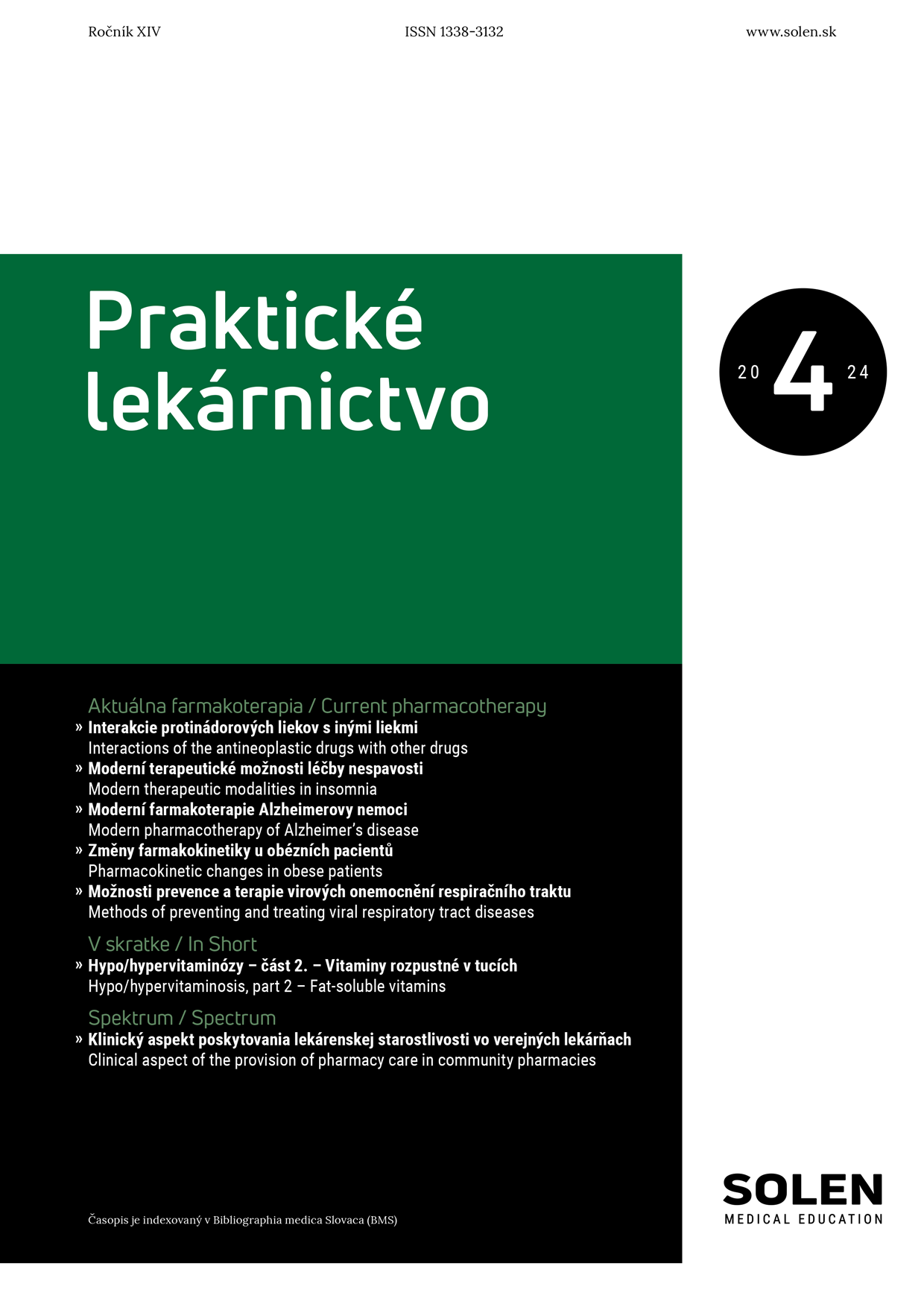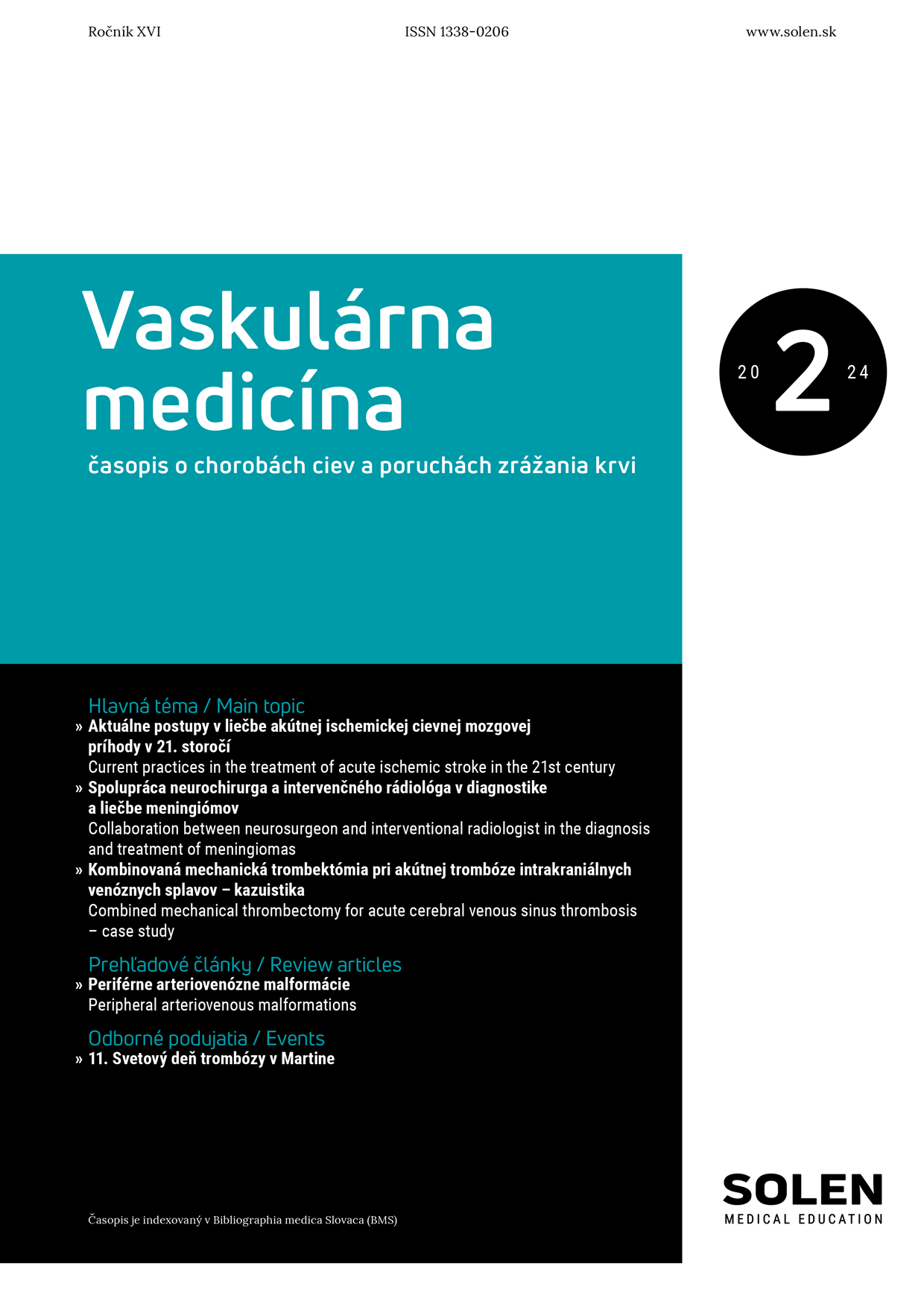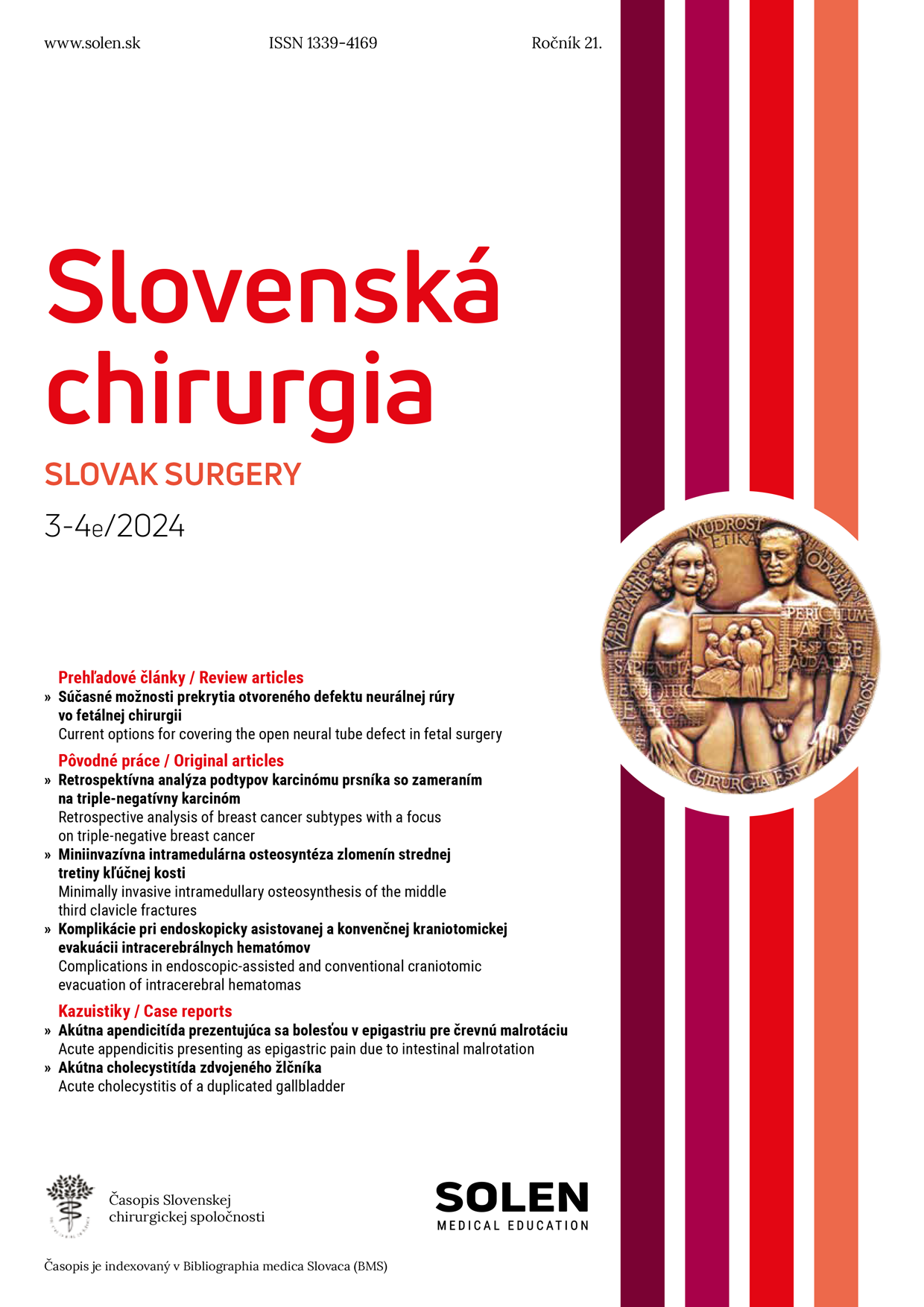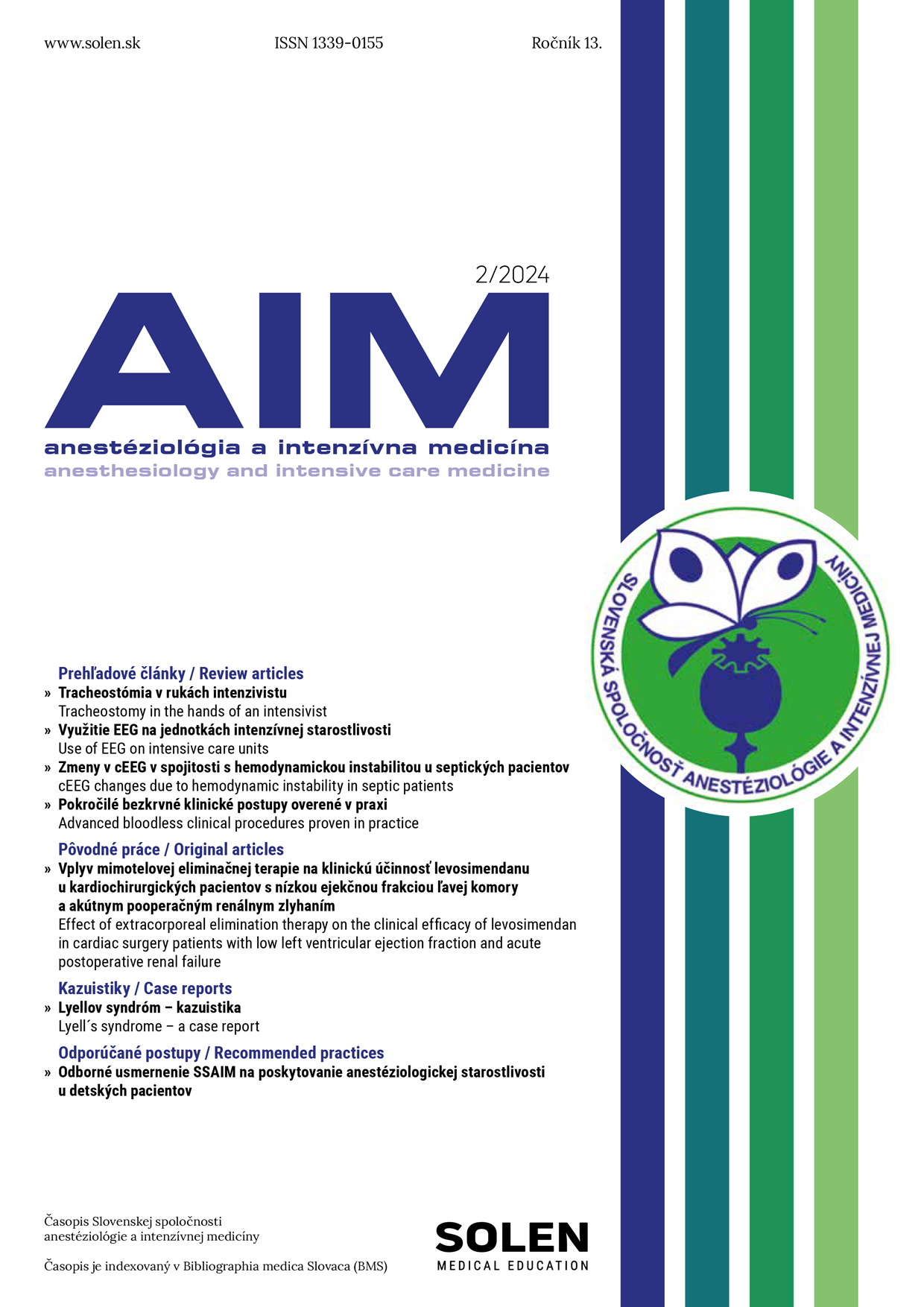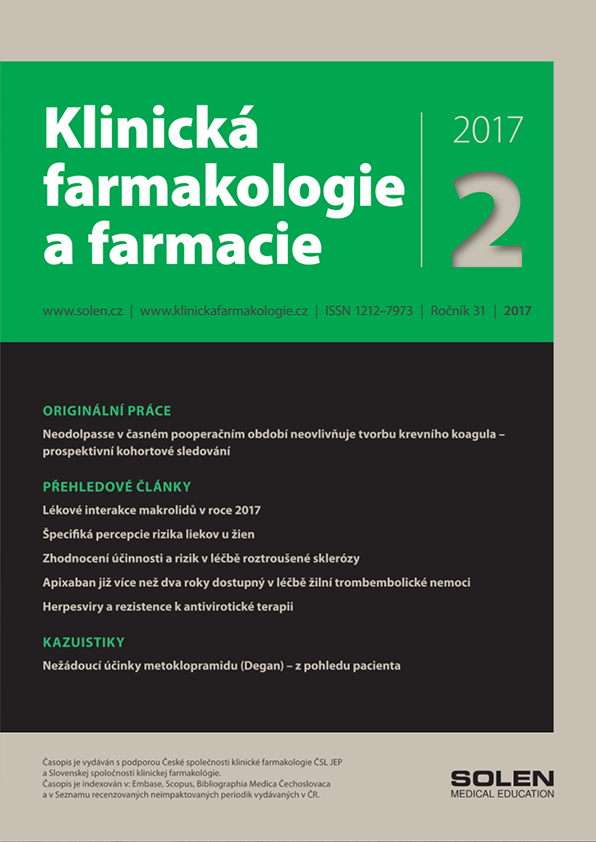Neurológia pre prax 5/2024
Chirurgická terapie spontánní intrakraniální hypotenze
MUDr. Václav Vybíhal, Ph.D., MUDr. Martin Plevko, doc. MUDr. Miloš Keřkovský, Ph.D., MUDr. Tereza Janáčková, MUDr. Hana Pikulová, doc. MUDr. Pavel Fadrus, Ph.D., prof. MUDr. Martin Smrčka, Ph.D., MBA
Spontánní intrakraniální hypotenze je charakterizovaná ortostaticky vázanými bolestmi hlavy vznikajícími při samovolném úniku mozkomíšního moku do extradurálního prostoru. Magnetická rezonance má zásadní význam v diagnostice díky řadě typických znaků vyskytujících se u tohoto onemocnění u převážné většiny pacientů. Druhým krokem je identifikace místa úniku mozkomíšního moku, což vyžaduje již speciální diagnostické zobrazovací metody a techniku vyšetření. Spontánní intrakraniální hypotenze může i samovolně vymizet. Její léčba je především konzervativní a spočívá v klidovém režimu, objemové terapii a podávání analgetik. Na pomezí konzervativního a invazivního postupu je aplikace epidurální krevní zátky. Pokud tyto postupy nejsou úspěšné a je jasně identifikované místo úniku mozkomíšního moku, je indikována chirurgická terapie. V případě longitudinální durální trhliny její identifikace a uzávěr, u meningeálního divertiklu jeho ošetření s případnou plastikou u větší durální ektázie, přerušení likvoro-venózní fistuly, popřípadě lumbální durální rekonstrukční operace.
Kľúčové slová: spontánní intrakraniální hypotenze, durální trhlina, meningeální divertikl, likvoro‑venózní fistula, chirurgická léčba
Surgical treatment of spontaneous intracranial hypotension
Spontaneous intracranial hypotension is characterized by postural headaches arising from leakage of cerebrospinal fluid without any previous insult into the extradural space. Magnetic resonance is of fundamental importance in the diagnosis of the disease due to a number of typical signs occurring in this disease in the vast majority of patients. The second step is the identification of the location of the cerebrospinal fluid leak, which requires special diagnostic imaging methods and examination techniques. Spontaneous intracranial hypotension can also disappear spontaneously. Its treatment is primarily conservative and consists of rest, volume therapy and administration of analgesics. The application of an epidural blood patch is on the border between conservative and invasive treatments. If these procedures are not successful and the site of cerebrospinal fluid leakage is clearly identified, the surgical treatment is indicated. In the case of a longitudinal dural tear, its identification and closure is performed, in the case of a meningeal diverticulum, its closure with possible duraplasty in patients with a larger dural ectasia is made, cutting off a CSF-venous fistula, or lumbar dural reconstruction surgery.
Keywords: spontaneous intracranial hypotension, dural tear, meningeal diverticulum, CSF‑venous fistula, surgical treatment








